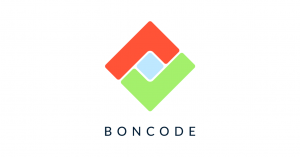Almost every organization in the world uses a mix of vendor-supplied software and custom-built systems. But even off-the-shelf software can require an additional layer of custom code to suit specific business needs.
Every internal software project carries financial and business-related risks. That’s because if custom-coded software isn’t properly monitored and maintained, it can negatively impact your daily operations and business continuity.
So, how do nontechnical board members manage digital risk and take stewardship of your company’s digital assets?
The board’s role in internal software projects
All modern companies share one common driver – technology. Know it or not, your organization is now a tech company. For all kinds of industries – from banking to pharma – custom-built software has reached business-critical status: if your software stops, so does your business.
That’s why, when an internal software project has a direct impact on your business-critical systems the board needs to know about it. And that’s just the beginning. There’s actually a much bigger hurdle – overcoming the IT knowledge gap at board level.
Technology moves fast. Even someone with a background in the IT industry is unlikely to fully comprehend the unique risks associated with your specific software portfolio. Even if you do have a tech-savvy board member, it’s vital to have a structure for reporting risk in custom systems that anyone can understand.
How to manage digital risk at board level
Having the right tool to visualize digital risk opens up a clean line of communication between technical leaders and the boardroom. It also allows technical specialists to correlate digital risk with budgetary demands, whilst board members get full oversight of the internal software portfolio, its strengths, weaknesses, and potential risks.
Software broadly falls into two categories: fully custom-built, and partly customized. Custom-built software is built in-house (or outsourced to developers) and owned by your organization. Customized software is vendor-built with a layer of custom coding added by your development team.
The potential risk posed by custom code impacts three areas: operational stability, security, and maintainability. BonCode’s tool-based consultancy for software quality performs a deep analysis of your custom code to provide actionable insights into these risks, using a wide range of metrics. In other words, it exposes and visualizes digital risk in ways that can be understood and actioned at all levels of your organization, from development teams to the boardroom.
Uncover actionable insights into digital risk – and developer productivity – using BonCode’s consultancy-based tooling. To see how it works, book a call today





